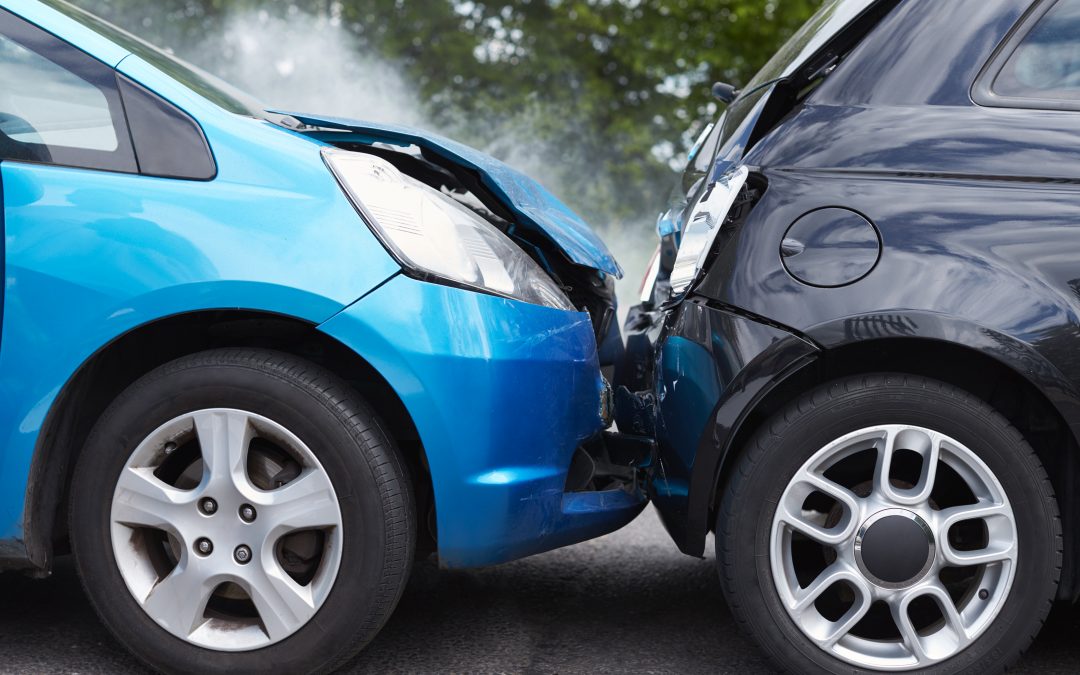Fender bender wrecks may not at first glance seem as severe as other types of wrecks. You might be inclined to just check on the other party, look for damage, and continue on your way. That’s not the best idea, though.
However, if you get into a fender bender, you need to take action. All of the same tips in our “Dos and Don’ts After Getting into a Car Crash” post still apply. You should still call the police. And you should still report even the most minor damage to your insurance provider. Sometimes there’s damage that you won’t see (or hear) until later.
Additionally, that damage to your vehicle—even minor damage—can still be quite costly. A study done by the Insurance Institute for Highway Safety revealed that when bumpers don’t match up—like if a truck rear-ends a sedan—the lower-speed crashes created more damage and more expensive repairs than the usual fender bender. The study showed that when an SUV with a high bumper crashed into car with a lower bumper at 10 mph, damages to both vehicles ranged from $2,995 to $7,444 (contingent upon the vehicles’ makes and models). But when a car crashed into an SUV, total damages ranged from $3,601 to $9,867.
On top of surprisingly pricey expenses to fix your car, you might experience whiplash or other types of pain in your neck, back, head, arms, chest, face, or other areas of your body. See a doctor if you experience any delayed pain and make your insurance company is aware as well.
Don’t take minor accidents for granted. Let Lloyd & Lloyd help you. If you’ve been in a fender bender and are having difficulties with damage claims and expenses, medical issues, or any other related matter, please contact us for legal assistance.

